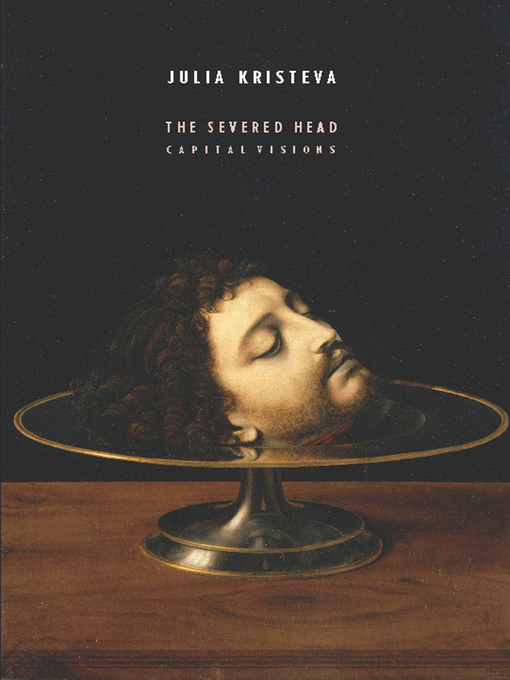Informed by a provocative exhibition at the Louvre curated by the author, The Severed Head unpacks artistic representations of severed heads from the Paleolithic period to the present. Surveying paintings, sculptures, and drawings, Julia Kristeva turns her famed critical eye to a study of the head as symbol and metaphor, as religious object and physical fact, further developing a critical theme in her work—the power of horror—and the potential for the face to provide an experience of the sacred.
Kristeva considers the head as icon, artifact, and locus of thought, seeking a keener understanding of the violence and desire that drives us to sever, and in some cases keep, such a potent object. Her study stretches all the way back to 6,000 B.C.E., with humans' early decoration and worship of skulls, and follows with the Medusa myth; the mandylion of Laon (a holy relic in which the face of a saint appears on a piece of cloth); the biblical story of John the Baptist and his counterpart, Salome; tales of the guillotine; modern murder mysteries; and even the rhetoric surrounding the fight for and against capital punishment. Kristeva interprets these "capital visions" through the lens of psychoanalysis, drawing infinite connections between their manifestation and sacred experience and very much affirming the possibility of the sacred, even in an era of "faceless" interaction.
- New eBook Additions
- New Teen Additions
- New Kids Additions
- Most Popular
- Mystery & Thriller
- Literature
- Romance
- Historical Fiction
- Sci-Fi
- See all ebooks collections
- Read by the Author
- New Audiobook Additions
- New Teen Additions
- New Kids Additions
- Mystery
- Thrillers
- Literature
- Romance
- Sci-Fi
- Business
- History
- Self-Improvement
- Biography
- See all audiobooks collections
- Home & Garden
- Cooking & Food
- Health & Fitness
- Fashion
- News & Politics
- Crafts & Hobbies
- Celebrity
- Tech & Gaming
- Cars & Motorcycles
- Family & Parenting
- Sports
- Travel & Outdoor
- Photography
- See all magazines collections
